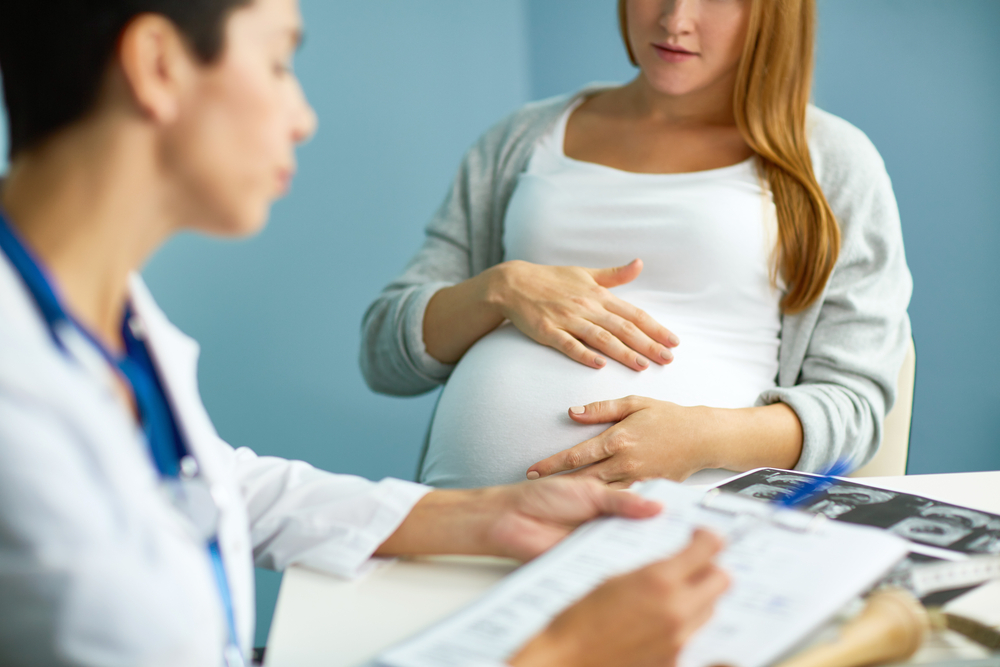Pregnant Women with Hypertension and Hypercortisolism May Have Cushing’s, Case Study Shows
Written by |

Pregnant woman with hypertension and significant signs of hypercortisolism (high cortisol levels) may have Cushing’s disease, according to a new case report.
The report, titled “A Case of Cushing’s Syndrome in Pregnancy,” was published in the Iranian Journal of Medical Sciences.
While Cushing’s rarely occurs in women during pregnancy, high cortisol levels can lead to major complications for both the mother and the fetus, such as premature birth and high fetal mortality.
However, it can be difficult to diagnose pathological hypercortisolism in these women as the symptoms might resemble other diseases that commonly occur during pregnancy, such as preeclampsia (high blood pressure during pregnancy) and gestational diabetes.
Unfortunately, there are no effective long-term medical therapies for Cushing’s. The most definitive therapy is the surgical removal of the pituitary or adrenal adenoma, if that is the case of hypercortisolism.
The case report details that a 29-year old women in the 27th week of pregnancy presented to the Ghaem Hospital clinic in Mashhad, Iran, with edema, weakness, and hypertension. Her symptoms also included truncal obesity, moon face (her face had a rounded appearance), purple steria on her upper and lower limbs and abdomen, excessive edema, and wet skin.
At first, she was hospitalized for suspected preeclampsia, but the diagnosis was later excluded.
The patient’s hormonal profile showed high levels of 24-hour urine cortisol. There were also low levels of adrenocorticotropic hormone (ACTH), which results from a negative feedback due to excessive cortisol. However, plasma cortisol is generally elevated during pregnancy, and therefore may not be the best method for diagnosis.
An abdominal ultrasonography revealed a well-defined mass in the right adrenal gland.
While hospitalized, the patient experienced two crises of blood pressure, and while preeclampsia was ruled out, the physicians could find no more plausible explanation than eclampsia (the onset of seizures in a women with preeclampsia).
Since eclampsia was suspected, the physicians terminated the pregnancy at 28th week of gestation using misoprostol. The woman delivered a male infant weighing 1.94 pounds.
Two days after birth, the physicians conducted a computed tomography (CT) scan and again found a mass in the right adrenal gland.
As a result, the patient underwent a laparoscopic right adrenalectomy to remove the mass one week after giving birth. The patient’s blood pressure normalized and cortisol levels declined. Her condition remained stable after surgery.
“Cushing’s syndrome should be considered in hypertensive pregnant patients with remarkable signs of hypercortisolism,” the researchers concluded. “The best results would be achieved through a collaboration between obstetricians, endocrinologists, and surgeons.”





